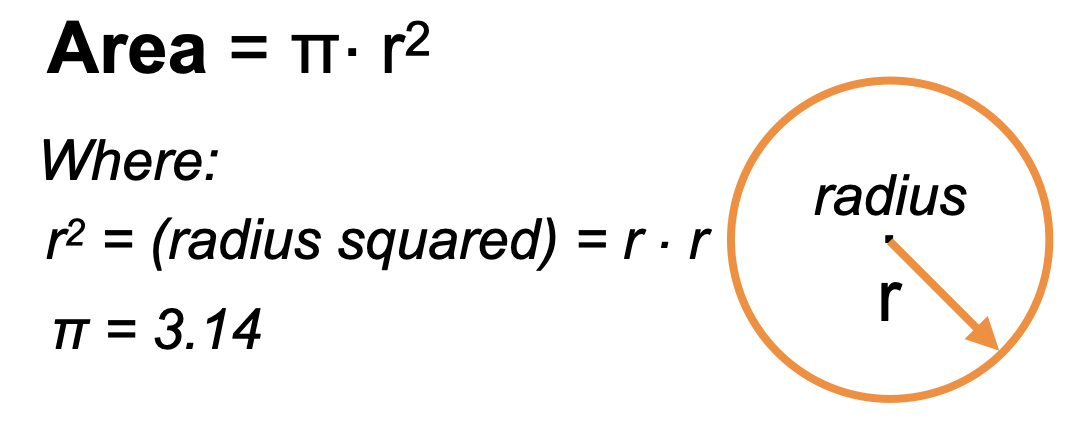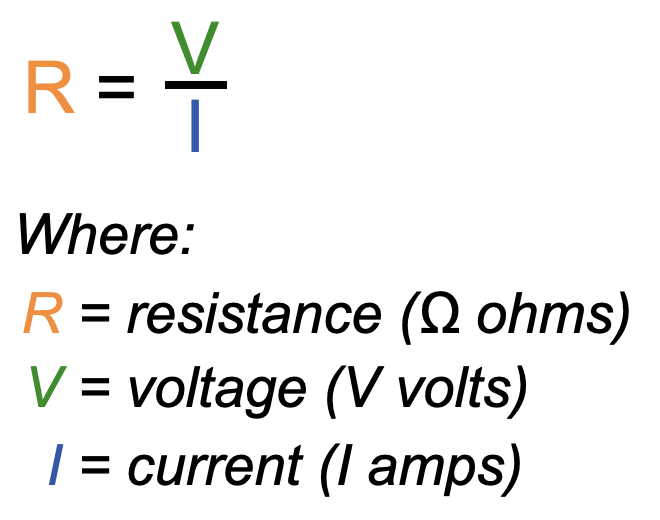Teacher Portal
Electricity and Magnetism
Investigation 2
Investigation 2
Electricity and Magnetism

Phase 1 – Defined Understanding
Student Guide
Download and Distribute
Access Teacher Guide
Student Guide with answers
Teacher PreLab
Prepare for the Experiment
Phase 2 – Dynamic Understanding
► Investigation Two Summary – Lab Goals
In Investigation Two, you studied the relationship among voltage, current, and resistance. During this Investigation, you:
- Constructed a circuit with (4) four batteries and one resistor “B” then with one resistor “B” and determined the voltage for each.
- Built a circuit with (4) four batteries and one resistor “C”.
Calculated the area of the resistor barrel using the following formula:
- Constructed a circuit with two 1000 Ω resistors in series and recorded the voltage and current.
- Determined the length and area of both 1000 Ω resistors. Constructed a circuit with two resistors in parallel circuit.
- Calculated the amount of resistance supplied by (a) the single resistor, (b) the two resistors in series, and (c) the two resistors in parallel using Ohm’s Law:
► Investigation Two Summary – Learning Goals
Through these experiments, you concluded that:
1. Resistance is the ratio between the voltage and the current in a circuit. As voltage changes, current changes in proportion to the voltage. However, resistance remains constant.
2. When voltage is held constant, current changes only if the amount of resistance in the circuit changes. Increasing resistance by changing resistors resulted in a decrease in current proportional to the change in resistance, but voltage remained constant at 6.15 V. Placing two 1000 Ω resistors in series caused current to decrease by approximately one- half, from 5.47 to 2.68 mA. At the same time, resistance doubled from 1124 to 2295 Ω. Placing two 1000 Ω resistors in parallel caused current to double from 5.47 to 10.71 mA while resistance decreased by one-half, from 1124 to 574 Ω. In each case, the change in current and the change in resistance were inversely proportional, and voltage remained constant. These results demonstrate that Ohm’s law applies regardless of whether there is one resistor or many resistors. Ohm’s law also applies regardless of whether multiple resistors are placed in series or in parallel.
3. Increasing the length of a resistor by placing two equal resistors in series doubled resistance from 1124 Ω to 2295 Ω. This caused current to decrease by half, from 5.47 mA to 2.68 mA. Increasing the cross- sectional area by placing two equal resistors in parallel decreased the resistance by half, from 1124 Ω to 574 Ω. This change caused current to double from 5.47 mA to 10.71 mA. Therefore, increasing the length of a resistor increases the amount of resistance and decreases current, while increasing the cross-sectional area decreases the amount of resistance and increases current.
Concept Slides
Launch and Discuss
Mathematics Concepts in This Investigation
- (in)direct relationships
- predict/verify results
- circuit (sequential order)
- measuring electrical current using multimeter
- calculating Ohm’s Law (resistance)
- multiplication
- division
- manipulating mathematical formulas
- calculate area
- pie
- exponents
- length in mm
- parallel/perpendicular lines
- constants/variables
- ratios
- patterns/trends
- data table
- data analysis
- decimals to nearest tenth to hundred thousandth


